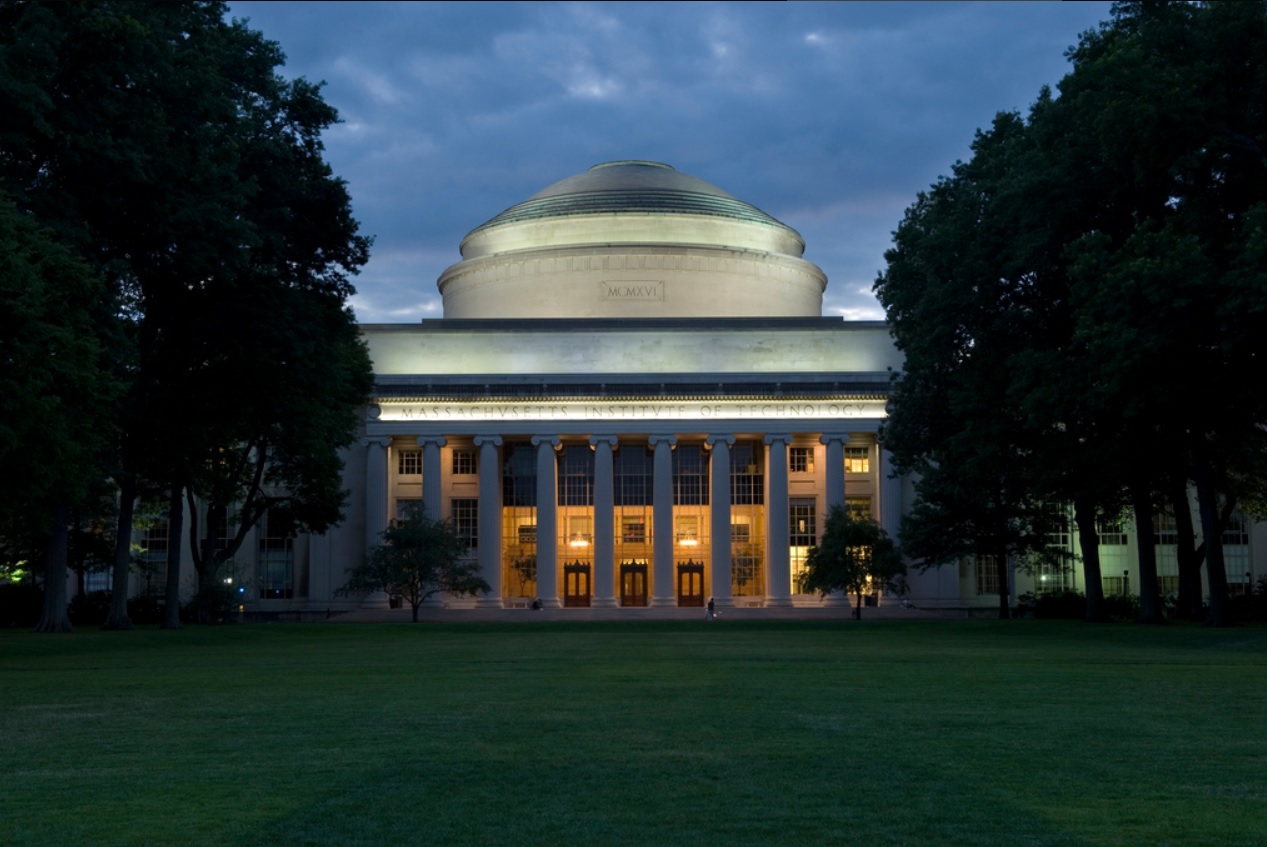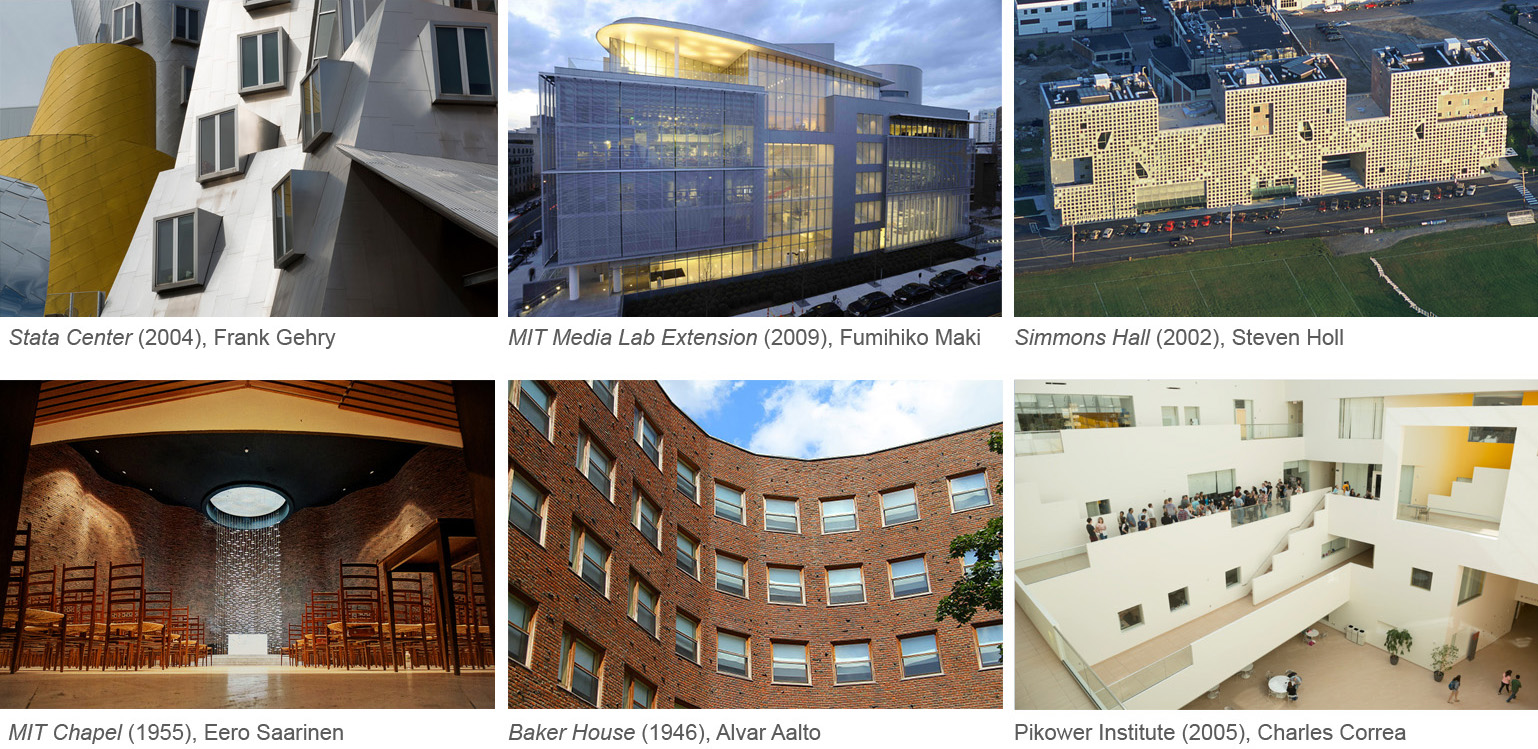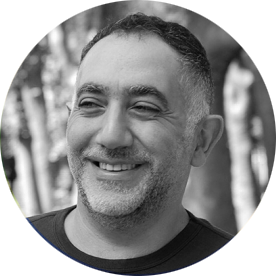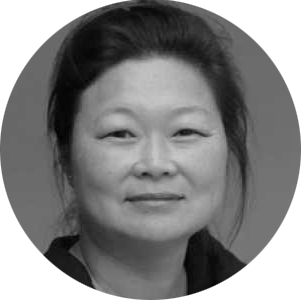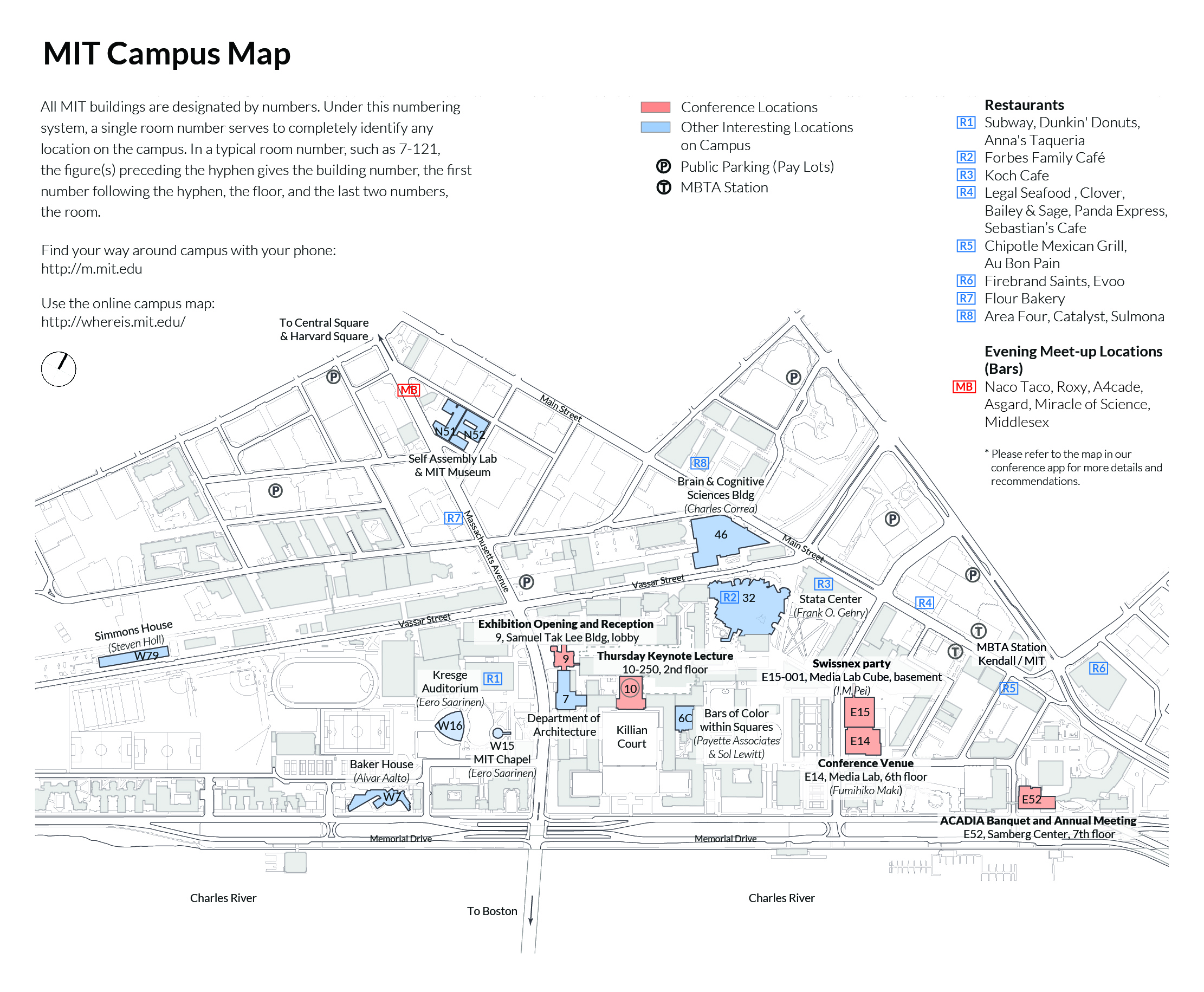ConferenceMIT is a unique environment to host ACADIA and explore new possibilities for architecture in a technologically connected, convergent, and disruptive context. The MIT Department of Architecture was established as an experiment in formal architectural education in the United States in 1865; the department will celebrate the sesquicentennial of its first course in Fall 2018. |
|
|
The campus includes dozens of buildings representing diverse architectural styles and shifting priorities over MIT's history. Among them are Alvar Aalto's Baker House (1947), Eero Saarinen's MIT Chapel and Kresge Auditorium (1955), Frank Gehry's Stata Center (2004), Steven Holl's Simmons Hall (2002) and Fumihiko Maki's Media Lab Extension (2009). |
| Note from Hashim Sarkis, Dean of the School of Architecture and Planning at MIT : Established in 1865, the school includes among its graduates renowned figures like Louis Sullivan, Robert R. Taylor, Marion Mahony Griffin, I.M.Pei, Kevin Lynch, Gordon Bunshaft, William Pedersen, and Nicholas Negroponte. In addition to architecture and planning, the school has over the years embraced a broader range of fields that address and improve human environments, including real estate, media, and the arts. What binds these fields together is a strong commitment to the deployment of technology towards social good. What also binds them together is the use of design and deliberation approaches towards action that are distinct from but complementary to the engineering approach to problem solving.The school’s abundance of resources stems primarily from the Institute’s full endorsement and support of the school’s vision. These resources include an unmatched concentration of talent among its faculty and staff, a wealth of state-of-the-art facilities, and generous financial support that enable the students to experiment, innovate and take risks. While this “MIT model” is being emulated by other institutions all over the world, at MIT, we seek to constantly test it and renew it. |
| Note from J. Meejin Yoon, Head of the Department of Architecture at MIT : MIT has been involved in inventing the future for the past 150 years, quite literally. From Chaos Theory to Cybernetics; from the Human Genome to Dark Matter; and from the fax machine to the World Wide Web, MIT has helped invent the future we live in today. There are few departments of architecture in the world that exist within a context so deeply committed to the advancement of knowledge through scholarship, research, and innovation. There are even fewer operating in a place with as pressing a sense of responsibility to “bring this knowledge to bear on the world’s great challenges”. The Department of Architecture at MIT is truly unique among architecture programs in its commitment to creating a culture of experimentation to expand the discipline and change the world. |
|
The Department conceives of architecture as a discipline as well as a profession. It is structured in five semi-autonomous discipline groups: Architectural Design; Building Technology; Computation; History, Theory and Criticism of Architecture and Art; and Art, Culture, and Technology. Each provides an architectural education that is as complex as the field itself, and all five contribute to a mutual enterprise. The department also has specialized graduate programs such as the Aga Khan Program for Islamic Architecture and the SMArchS Program Architecture and Urbanism. The several disciplines of the Department house a substantial body of research activity. Moreover, the Department's setting within MIT permits greater depth in such technical areas as computation, new modes of design and production, materials, structure, and energy, as well as in the arts and humanities. |

|
Boston The MIT campus is located on the north shore of the Charles River Basin in Cambridge, Massachusetts. The campus is within 3 miles of two major interstate highways, less than 6 miles from a major international airport, and is accessible via public transportation. MIT is a 15–30 minute walk from downtown Boston and a 30–40 minute walk from Harvard University. |
 |
Venue Map
Conference HotelsRegistrants are responsible for booking their rooms individually. The ACADIA Conference is not partnered with any hotels, but there are many local options. The conference is adjacent to the Kendall T stop on the MBTA Red Line, convenient to Cambridge and Boston. MIT often uses the Marriott, Kendall Hotel, Le Meridien, or the Hyatt, for their convenient location near campus, but there are many options to be found through online sites such as booking.com or hotels.com. Closest to campus, near Kendall Square
In Cambridge
Bed and Breakfasts
|
